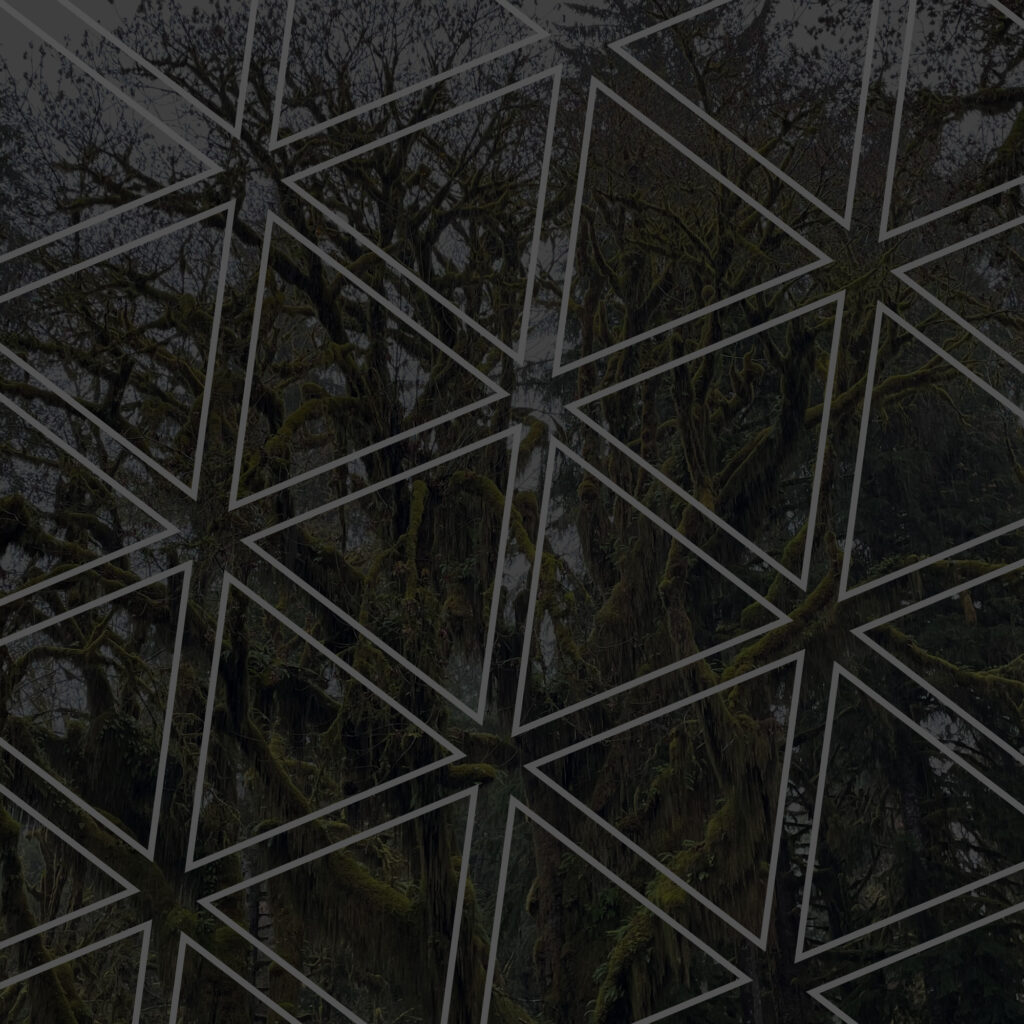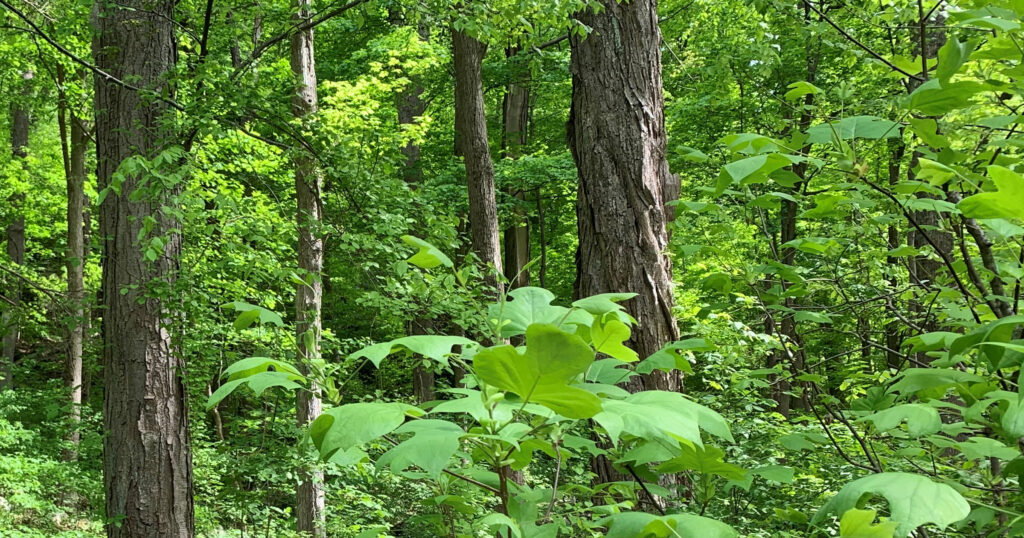
The Biome Post
PRESENTS
Deciduous Forests
Written by Ayden Planker
Wildlife photography by nature photographer Moose Henderson of St. Petersburg, FL
The classic image of a forest features leafy trees with a green spring, an orange autumn, and a dark winter. Birds sing in the trees above, deer, bear, and other animals take shelter in nearby brush, and perhaps a stream runs past nearby. Unbeknownst to most, this image isn’t specific to just any forest, but to the temperate deciduous forest. Also called broadleaf forests, deciduous forests are the most prevalent form of temperate forest and can be found across nearly all of the world, with the exception of Africa and Australia.
As their name implies, temperate deciduous forests are made up primarily of deciduous trees. Deciduous trees, named for the latin word “decidere,” meaning to fall off, are recognizable for their yearly shedding of leaves, petals, and fruit. While in the common vernacular, deciduous refers to those trees with flat leaves rather than needles, this is actually a misconception. These flat-leaved trees are actually called broadleaf trees, and they are the true counterpart of needle-bearing coniferous trees, whereas the counterpart of the deciduous tree is the evergreen. While deciduous trees shed each year cyclically, evergreen trees shed and regrow year-round. There is a significant overlap between the deciduous and broadleaf categories, which is what has made the distinction so unclear, but there are notably deciduous coniferous trees, such as larches, tamaracks, and some sequoias.
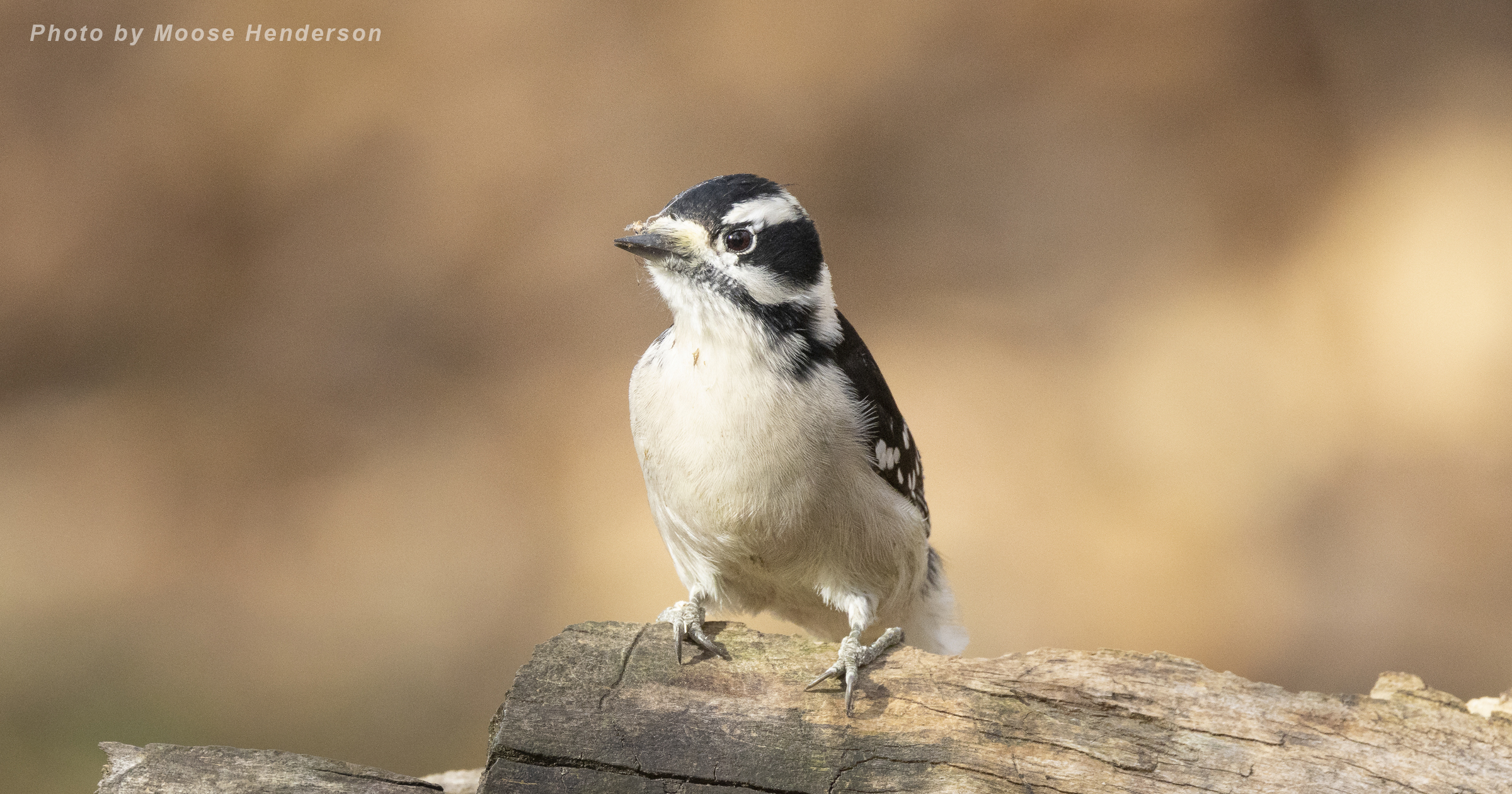
Downy Woodpeckers are native to open deciduous forests.
In the northern hemisphere, deciduous forests are made up of oaks, maples, elms, and other commonly found trees, while the southern beech genus, Nothofagus, dominates the forests of South America. The high, heavy canopies of deciduous forests offer protection from the elements for ground-living animals and offer nesting space for a variety of birds, such as woodpeckers, warblers, owls, and hawks. The open forest floor below is crowded with shrubbery that provides sustenance to herbivores and shelter to smaller animals like squirrels or mice. With the yearly leaf-shed, deciduous forest floors are crowded with leaves year-round, which, along with fallen trees and other landscape features, provide additional shelter to the forest’s creatures.
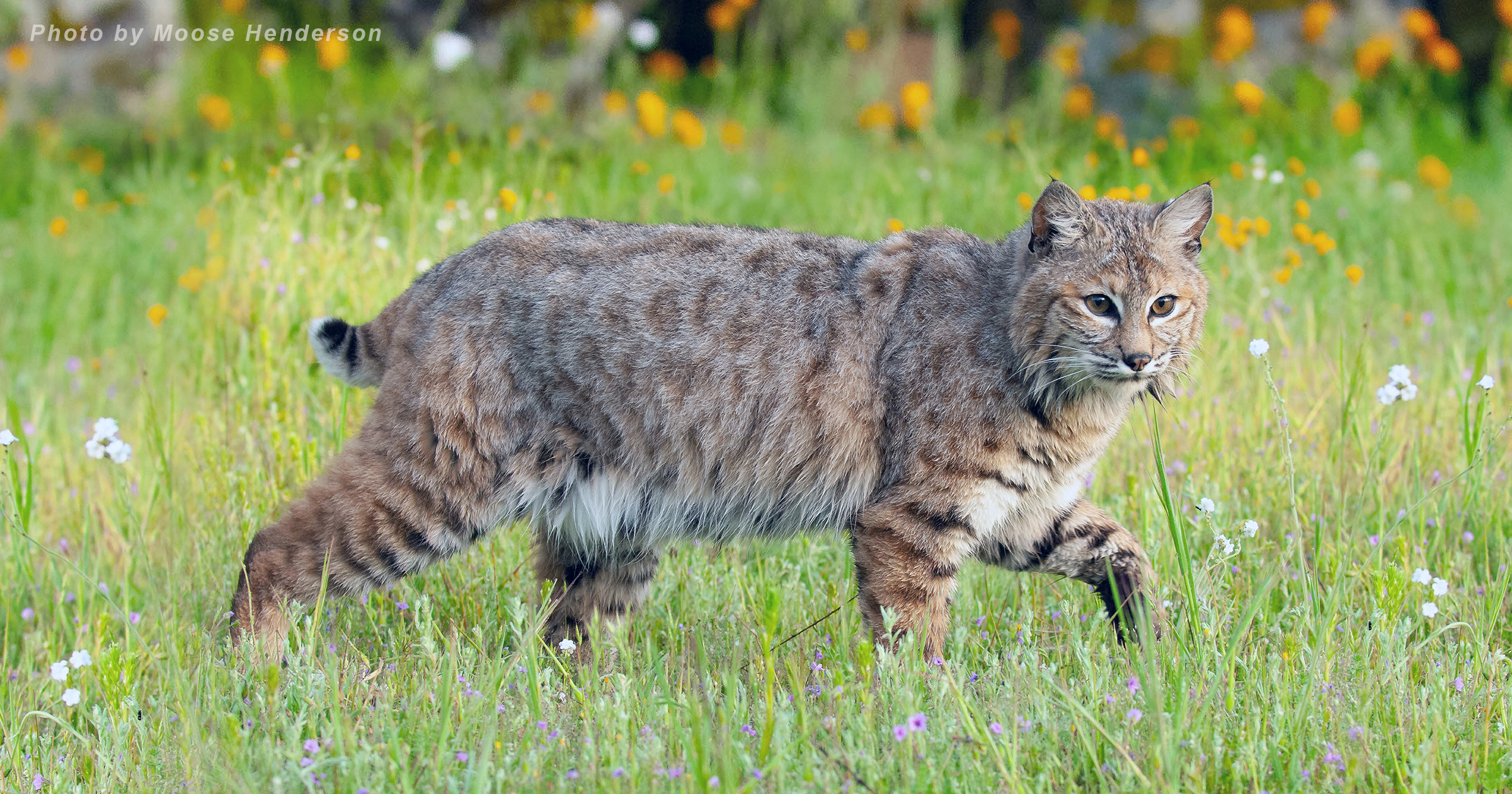
Bobcats prefer the brushy thickets, rocky woodlands, shrubby fields, and swamps of deciduous forests.
Some of the United States’ most iconic fauna live in deciduous forests. Bears, squirrels, rabbits, foxes, and wolves are just some examples. While most folks might point to the deer as being one of the biome’s famous residents, they are actually a migrant species. Deer are more naturally an ecotone species, meaning they often favour the edges of biomes and the spaces in between them for their habitats. Only with the elimination of the predator populations in these biomes have deer become more populous.
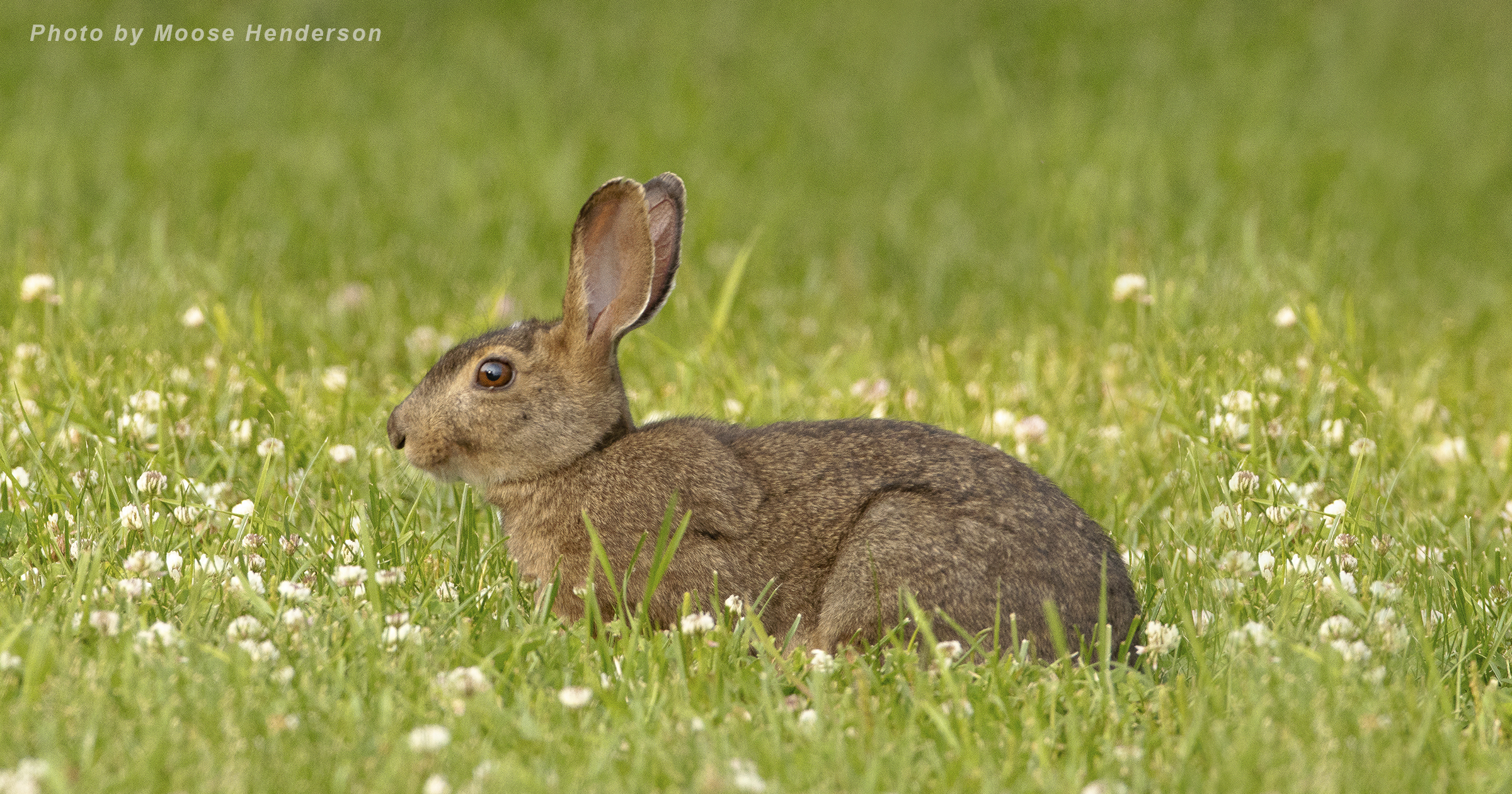
Bobcats prefer the brushy thickets, rocky woodlands, shrubby fields, and swamps of deciduous forests.
Although the boreal forests of North America trump temperate deciduous forests in size, their biodiversity is comparatively lacking. This difference in hospitality means that it’s not uncommon to see northern animals journeying further south. In the northeast of the United States, moose and snowshoe hare can be spotted during spring and autumn, and in the northwest, grizzly and brown bears.
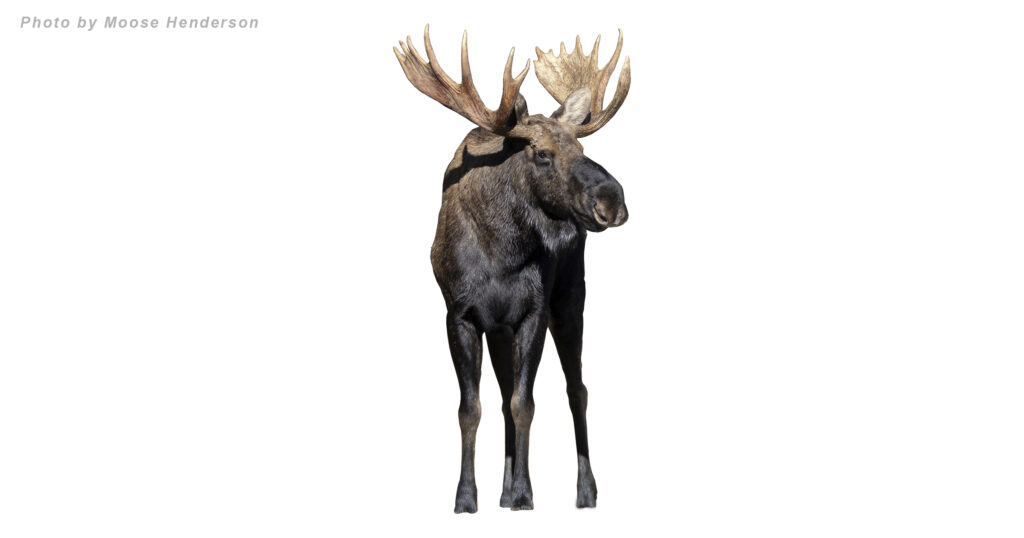
Like many of Earth’s biomes, the greatest threat to the temperate deciduous forest is climate. Natural disturbances like flooding, storms, and forest fires are an expected occurrence in these forests, and in many cases are even crucial to their survival, but with the global shift in climate, these same events threaten to destroy these biomes. Massive habitat devastation has become a yearly event in North America due to drought and wildfires in the Western US, and as recently as 2023, across every Canadian province. Already, we’ve witnessed a shift in the seasonal tendencies of deciduous forests, with the time between the start of spring and the end of autumn growing further apart over time. While it’s never too late to start helping the environment, the need for intervention in climate change grows more urgent every day.
-Ayden Planker
– – –

The Biome Post highlights the most fascinating facets of the natural world, taking us underwater, under snow, underground, and undercover, for the most remarkable life as we know it.
